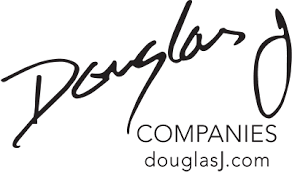Against expectations for another huge drop in employment in May, net jobs (as measured in a survey of employers) rose by 2.509 million, while the unemployment rate fell from 14.7 percent to 13.3 percent. The improvement in the labor market apparently came about as businesses reopened as restrictions on movement were gradually lifted throughout the U.S. Private-sector employment rose by 3.1 million, while government employment fell by 585,000. The 2.5 million net jobs added in May was the largest increase in the history of the survey, going back to 1939. But these gains made up only 12 percent of the record job losses in April of 20.687 million, revised from the initially reported decline of 20.500 million.
The unemployment rate fell as the number of unemployed (from a survey of households, different from the survey of employers) fell by 2.093 million. The number of employed in the household survey rose by 3.839 million, while the labor force increased by 1.746 million. Although the May drop in the unemployment rate is encouraging, it is still up from 3.5 percent in February. The labor force participation rate, the share of adults either working or looking for work, rose to 60.8 percent from 60.2 percent. Still, it is down from substantially from 63.4 percent in early 2020. The U-6 rate, which takes into account the underemployed and discouraged workers, fell to 21.2 percent in May from 22.8 percent in April, but is still up dramatically from around 7 percent earlier in the year.
Most private-sector industries added jobs in May, after enormous, widespread losses in April. Goods-producing industries added 669,000 jobs in May, after losses of 2.373 million in April. Private services-providing industries added 2.425 million jobs in May, following losses of 17.351 million in April.
After a huge jump of 4.7 percent in average hourly earnings in April, as it was primarily low-wage workers who were laid off, average hourly earnings fell 1.0 percent in May as lower-wage workers were added back onto payrolls.
After a couple of months of terrible economic data, huge net job gains and a big decline in the unemployment rate in May are very good news. The consensus expectation was for job losses of around 7.5 million, based on data from unemployment insurance claims and various hiring surveys. But instead there was a huge increase in employment over the month. A number of factors likely contributed. Many states are allowing more economic activity, after initial restrictions on movement in response to the coronavirus pandemic. In addition, the Paycheck Protection Program made low-interest loans to small and medium-sized business in an effort to keep them open; those loans will turn into grants if firms keep their workers, providing an incentive to not lay off workers. And stimulus payments to most households and expanded unemployment benefits are supporting consumer spending.
While the May jobs report is very encouraging, employment is still down by 19.5 million from February, and the unemployment rate is up almost 10 percentage points from earlier this year. If strong job gains continue the labor market will quickly recover from the Viral Recession. But if job gains slow the unemployment rate will remain elevated and the recovery will be disappointing as consumers turn cautious with their spending.










